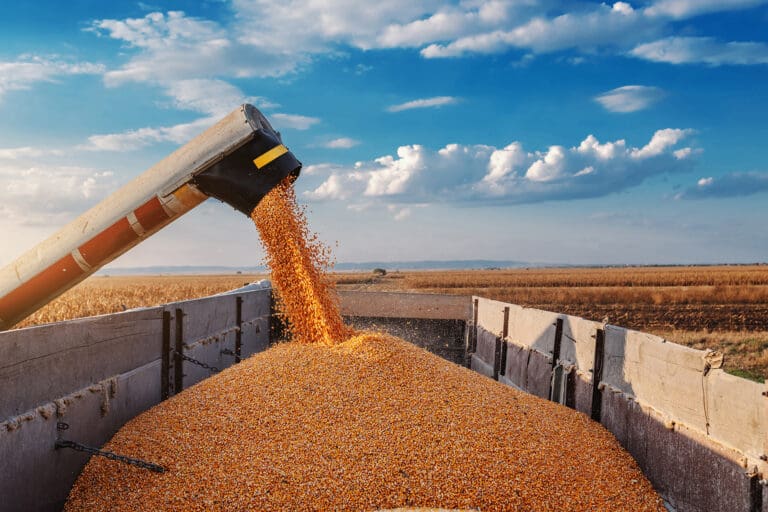East Coast port strike looms, potentially disrupting trade for meat and seafood
There is the possibility of a strike at 13 East and Gulf ports on October 1, 2024, if negotiations between the International Longshoremen’s Association (ILA), representing the union, and the United States Maritime Alliance (USMX), representing port operations, fail. The sticking points as the contract expires are over wages, worker safety, and the use of automation.
These ports handle nearly half of trade, representing hundreds of billions of dollars of cargo annually. The disruption in a crucial part of the supply chain could hamper imports and exports of meat and seafood. The get ahead of this, many port operators are extending hours to try and clear inbound goods while others are trying to reroute shipments to the West Coast, Canada, or Mexico. This presents its own challenges. Delays and increased freight costs are some of the effects.
Most seafood consumed in the U.S. is imported, and a critical demand period for the number one consumed item shrimp is during the holidays. A strike would harm trade and the tight in-country supply. For beef, the Port of Philadelphia is a critical point for lean trimmings to come into the country.
The potential East and Gulf Coast port strike would have significant short-term and long-term effects on a wide range of sectors. Disruptions to the supply chain, especially ahead of the holiday season, could cost the U.S. economy billions per day and potentially take months to recover from.
Maine Lobster landings decline as new-shell prices near 2021 record highs
Maine’s lobster catch is significantly lower this season, causing a sharp rise in both boat and market prices for new-shell lobsters. Although live demand is entering its typical lull, competition for lobsters is intensifying—primarily driven by the processing sector eager to replenish low inventories. Low inventory levels, coupled with high demand for lobster meat and tails, are leading processors to aggressively seek product, driving Maine’s replacement costs and new-shell lobster prices to near-record highs established in 2021.
According to NOAA data, year-to-date (Jan-Aug) Maine lobster landings total 34.04 million pounds, reflecting a 33.4% year-on-year decline and a significant 35.65% drop compared to the 10-year year-to-date average of 52.9 million pounds. Due to increased replacement costs, all New England new shell prices are trading above their 5-year averages.
Many are hopeful that the Maine lobster catch will strengthen in October and November, provided favorable weather conditions prevail. However, this time of year often brings weather challenges that can reduce the number of fishing days at sea. Typically, as the year draws to a close, lobster landings decrease, which helps maintain firm prices due to reduced supply.
On the supply side, Canada’s Lobster Fishing Area (LFA) 25 will remain open until early October, although catches have been dwindling. LFA 35 will begin fishing on October 15th followed by LFA 36 mid-November, and then LFA 33-34 in late November. If the weather cooperates, the first 10 days of fishing in LFA 35 historically yield decent landings, potentially enabling processors to address shortages. By that time, however, some processing plants will already be closed or in the process of shutting down.
Looking ahead, the focus will be on the weather, a key factor in determining lobster catch volumes, defining replacement costs, and influencing market conditions as the season unfolds.
Production shortfall drives New Zealand’s August 2024 beef exports to 10-month lows
New Zealand’s August 2024 beef exports fell to 31,741 metric tonnes (mt), a 10-month low and an 18.2% decline from July. The drop was mainly due to the seasonal off-peak production period, impacting key markets like the US and China. Exports to the US fell by 22.2% m-o-m, while China saw a sharp 30.1% decrease, reaching its lowest level since February 2020.
Year-to-date (YTD) exports have slipped by 5.2%, with cattle slaughter rates also at their lowest since 2017, driven by drought-induced destocking in the South Island. While Japan recorded a m-o-m decline in August, YTD growth remained strong, bolstered by rising tourism and reduced US supply. In contrast, Korea experienced a notable drop in demand due to strong competition from Australia and higher tariffs on New Zealand beef.
China’s August 2024 beef imports rose 7.4% MoM before the holidays, YoY growth remains constrained by economic challenges
China’s beef imports in August 2024 rose 7.4% MoM to 231,335 MT, continuing a recovery since June’s 13-month low. This rise corresponds with increased demand for red meats as China enters the winter season and prepares for key holidays such as Mid-Autumn Festival and Golden Week. However, YoY imports were down 13.0%, reflecting broader economic challenges, including a property crisis and a shift in consumer preferences toward cheaper proteins like chicken and pork. Despite these headwinds, YTD imports grew by 5.3% to 1.88 million MT.
Brazil maintained its position as China’s largest beef supplier, holding 47.9% of the market with 110,862 MT in August, up 14.5% MoM but down 14.4% YoY. Argentina followed with a 19.3% market share, posting a 5.8% MoM rise, though YoY imports dropped by 8.7%. Australia, with an 8.1% share, saw a 3.9% MoM increase, while YoY imports decreased 7.2%, partially due to looming tariff concerns. Uruguay and the US came next, with Uruguay up 2.8% MoM and the US increasing 3.1% MoM but down 19.3% YoY due to reduced supply. New Zealand, now in sixth place, experienced a 12.8% MoM and 41.4% YoY decline, pressured by competition from South American beef and lower production levels.
For further insights, please watch our most recent red meat webinar replay.



